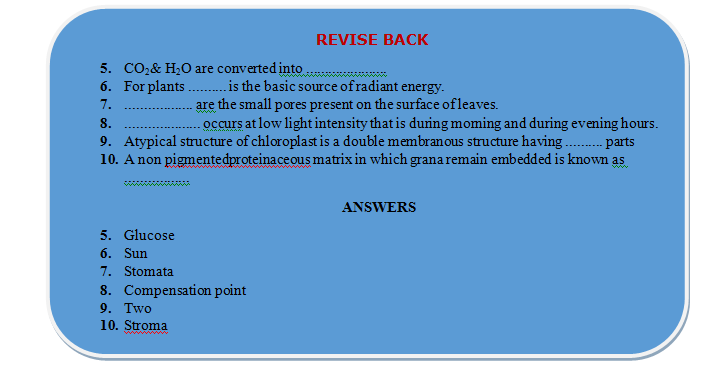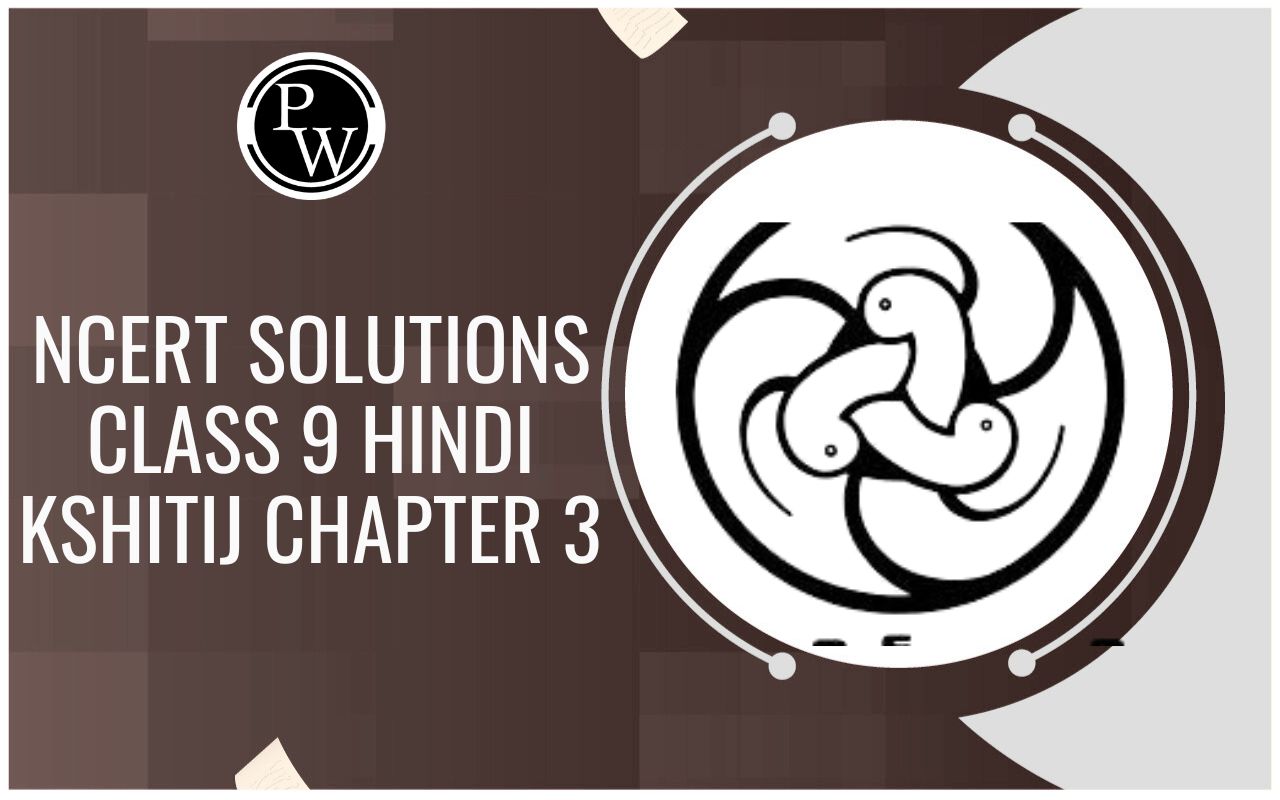
Nutrition in plants
Nutrition in Plants of Class 7
Plants are autotrophic in nature. They prepare their own food hence they are called as producers. They contain a green pigment called chlorophyll which can entrap solar energy which is then converted into chemical energy in the form of food and the process is called as “Photosynthesis”.
Photosynthesis:
The synthesis of organic compounds like glucose from simple inorganic molecules like CO2 and H2O by the cells of green plants having chlorophyll in the presence of sunlight is called as photosynthesis.

Steps of photosynthesis:
Photosynthesis is a two step process.
(A) Light reaction: ATP, NADPH 2 and O 2 are produced.
(B) Dark reaction: CO 2 & H 2 O are converted into glucose.
Sunlight:
- For plants sun is the basic source of radiant energy.
- Plants utilize the light in the visible region of solar spectra (electromagnetic spectrum) which comes under the range of 390 nm – 780 nm wavelengths.
- Visible region consists of white light which is a mixture of 7 lights of different wavelengths.
- Maximum photosynthesis occurs in red region
- There is no photosynthesis in green region because green parts of plants reflect whole of the green light.
Chlorophyll:
These are the green pigments present in chloroplast. They are found in green leaves in the maximum amount as well as in other green aerial parts of plant. There are six different types of chlorophylls: chl a, b, c, d, e and bacteriochlorophyll. Amongst them chlorophyll a and chlorophyll b are the most commonly occurring chlorophylls.
Besides chlorophyll certain other pigments are also present in plants like:
(i) Carotenes: Orange in colour e.g. Carrot.
(ii) Xanthophylls: Orange yellow in colour e.g. Maize.
(iii) Phycobilins: Different colours like red, violet e.g. Blue-green algae, Brown algae etc
Raw Materials of Photosynthesis:
(i) Carbon dioxide: Terrestrial plants obtain carbon dioxide from the atmosphere through the small openings present on leaves called as stomata. `Stomata’ are the small pores present on the surface of leaves.
They help in exchange of gases and water. Stomatal opening is guarded by the presence of guard cells (kidney shaped). Aquatic plants obtain CO2 dissolved in water through their general body surface so they perform more photosynthesis than terrestrial plants.
(ii) Water: Plants absorb water from the soil by the process of osmosis. This water is transported to leaves by a special type of tissue called as xylem.
Plants utilize carbon dioxide during photosynthesis, the intensity of light at which amount of CO2 used during photosynthesis becomes equal to the amount of CO2 released during respiration by plants is called as Compensation point.
- Compensation point occurs at low light intensity that is during morning and during evening hours.
Site of Photosynthesis:
Site of photosynthesis is different in prokaryotes and eukaryotes.
- In prokaryotes: Photosynthesis occurs in lamellar chromatophores.
- In eukaryotes: Photosynthesis occurs in chloroplast.
- Exception: Fungi (It lacks chlorophyll so no photosynthesis occurs here).
- In higher plants chloroplast is the main site of photosynthesis.
- Chloroplast is also called as green plastid.
- Plastid was first observed by Haeckel.
- Plastids are of 3 different types on the basis of pigments present in them:
- Leucoplast: Colourless, found in underground parts, lacks any coloured pigment. Helps in storage of protein (Aleuroplast), oil (Elaioplast), starch (Amyloplast)
- Chromoplast: Colour other than green, found in aerial parts of the plants.
- Chloroplast: Contain green pigment, called as chlorophyll.
- Chloroplast was discovered by Schimper.
- Number of chloroplasts is variable in different species of plants.
- In lower plants like algae they are 1 or 2 in number.
- In higher plants their number varies from 40-100 per palisade cell or more.
- Chloroplasts also have variable shapes, for example in algae cup shaped, ribbon shaped etc. While it is discoidal in higher plants.
- A typical structure of chloroplast is a double membranous structure having two parts:
Grana:
It is a lamellar system consisting of stacks of granum lamella each bounded by a membranous box called as thylakoid. They are 40 – 60 per cell. Number of thylakoids per grana is 50 or more. Chlorophyll molecules are found inside the thylakoid membrane where they trap solar energy in the form of small energy packets called `photons’ or’ quanta’. Grana are interconnected to each other by a channel called as stroma lamellae or Fret’s channel.
Stroma:
It is a non pigmentedproteinaceous matrix in which grana remain embedded. It contains enzymes for dark reaction.
“Besides leaves, photosynthesis also takes place in other green parts of the plant — in green stems and green branches. The desert plants have scale- or spine-like leaves to reduce loss of water by transpiration. These plants have green stems which carry out photosynthesis”
Mechanism of Photosynthesis:
(i) Light reaction:
- It is also called as photochemical process.
- It was discovered by `Robert Hill, therefore it is also called as Hill’s reaction.
- Site: Grana of chloroplast.
- Requirements: Light and water.
Regulated by: The process is regulated by chlorophyll molecules. ° It consists of 3 steps:
(A) Photoexcitation of chlorophyll molecule: During this process chlorophyll molecule receives sunlight in the form of small energy bundles called as photons and become excited to higher energy level.
(B) Photolysis: It is also called as photo oxidation of water; this takes place in presence of Mn+2 and CI- ions

(ii) Dark reaction:
- It is also called as thermo chemical reaction.
- It was discovered by Melvin Calvin and Benson therefore it is also called as Calvin cycle. Its site is stroma of chloroplast.
- Raw materials: They require CO 2 , NADPH 2 , ATP and Enzymes.
- Regulated by: Light reaction and enzymes.










